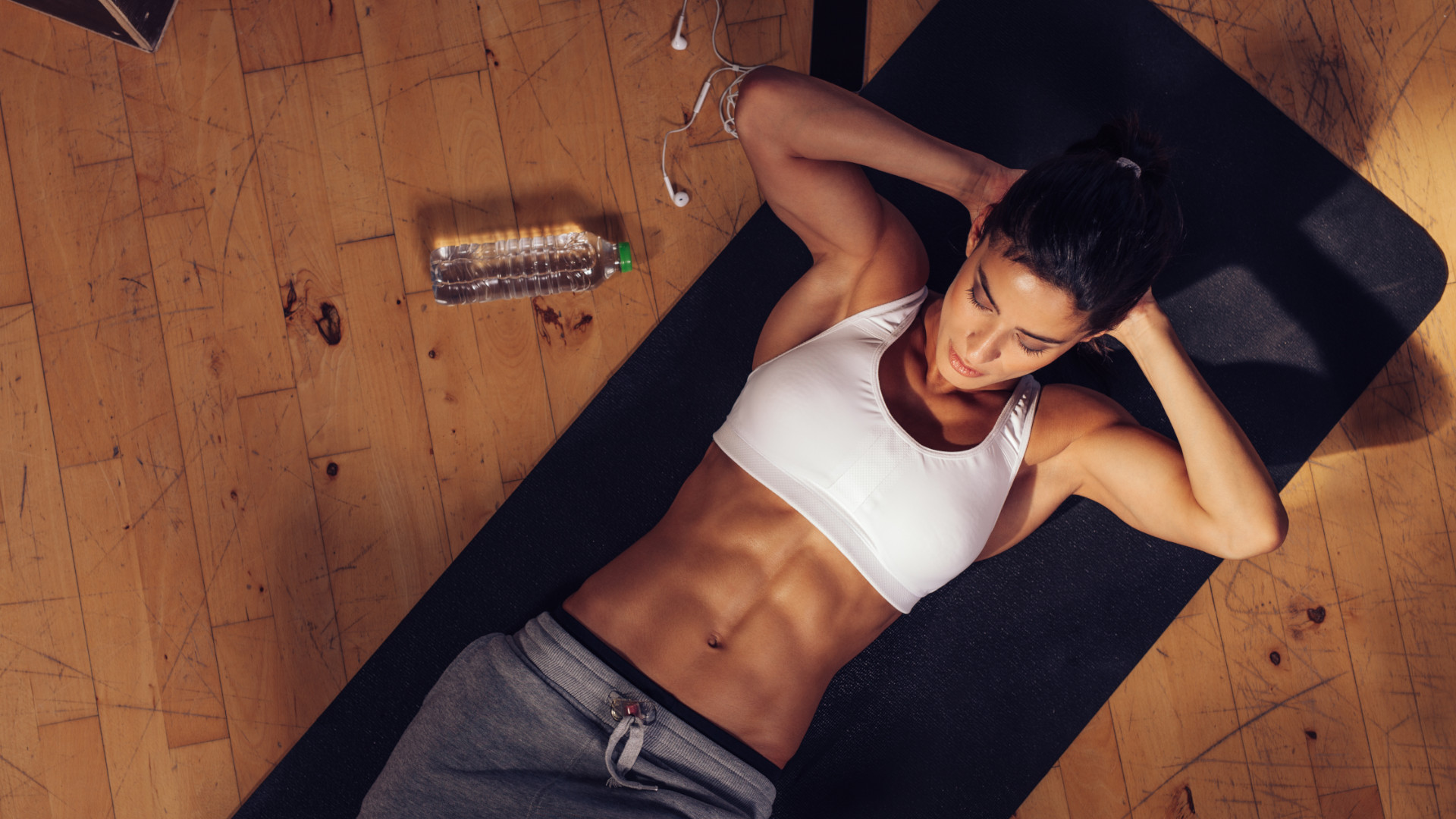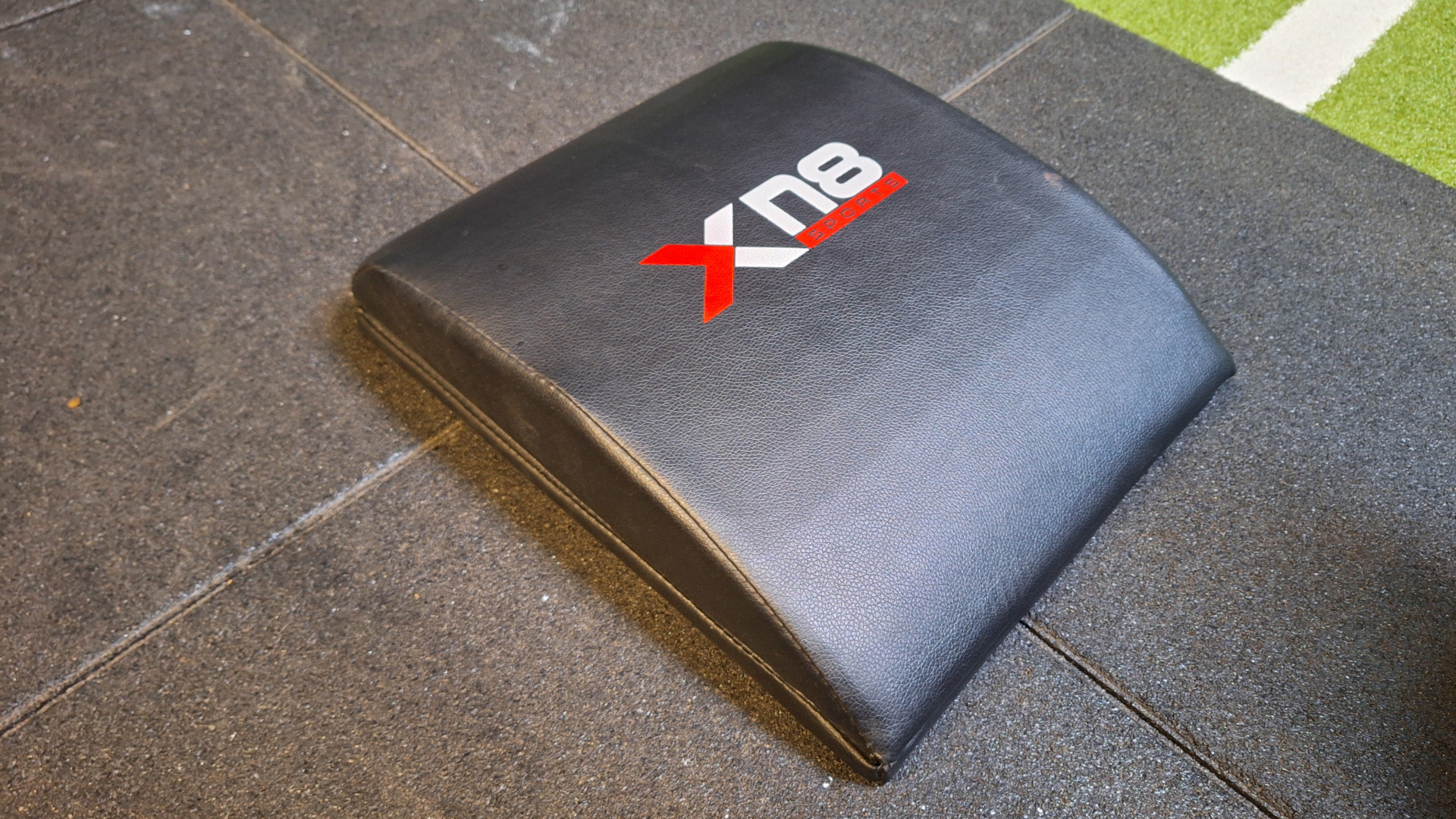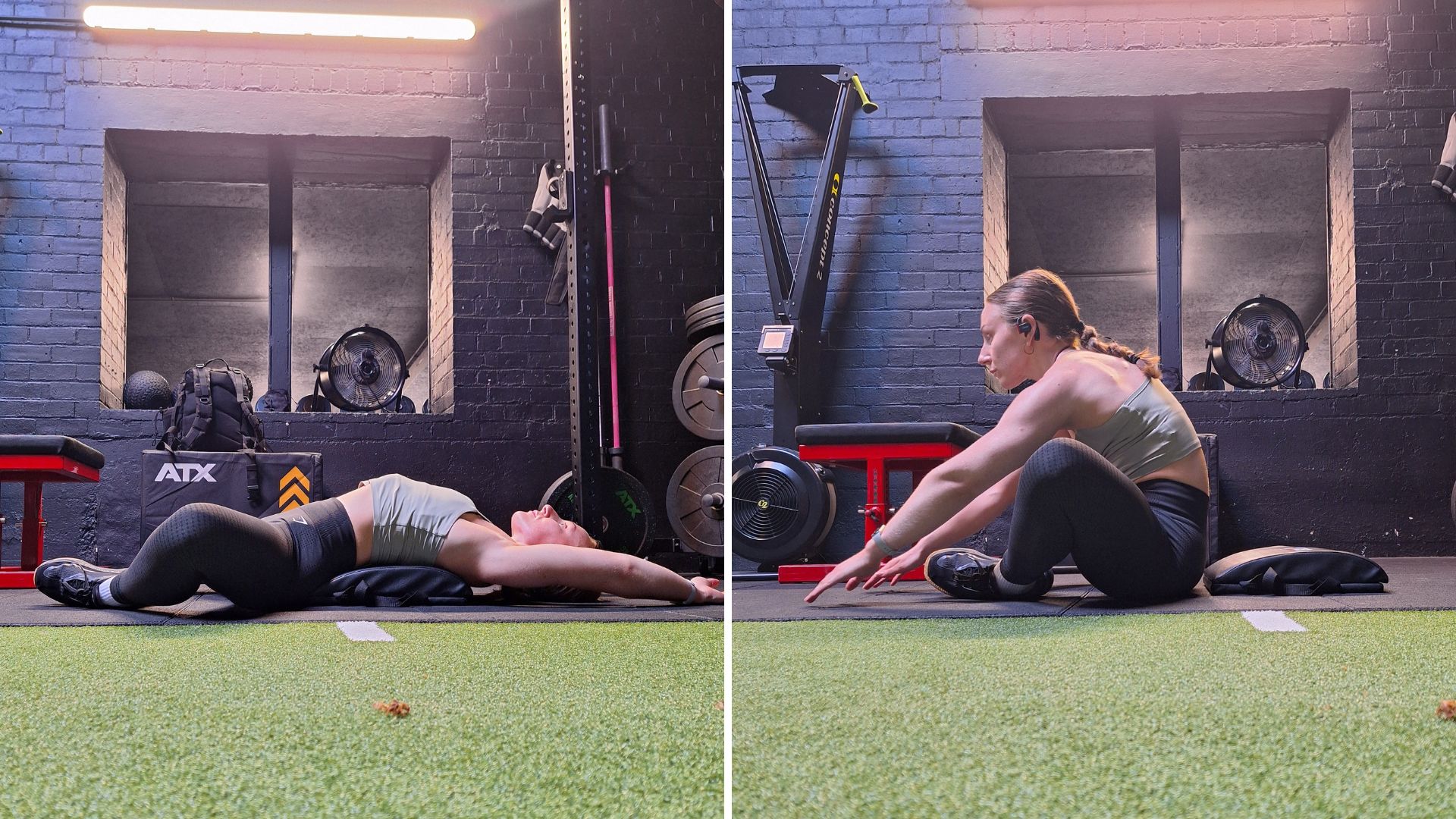I used an ab mat for two weeks and I wish I’d started using it sooner
If you hate traditional sit-ups, or they irritate your lower back, then an ab mat could make all the difference


If you’re trying to build a six-pack, no doubt you’ve probably been including some sit-ups in your training. Sit-ups are, after all, one of the oldest exercises in the book when it comes to working our front ab muscles— the rectus abdominis— but, equally, they’re also one of the most hated. This is often due to the pressure they place on the lower back, not to mention, they’re just damn tough.
Recently, I was keen to reintroduce some ab-specific exercises back into my training because, as much as I enjoy prioritising core workouts, these won’t grow my abs. But, instead of opting for regular sit-ups, I decided to reach for the ab mat, and I wish I’d started using it sooner.
An ab mat is probably one of the simplest pieces of gym kit you’ll come across— essentially it’s a piece of board that’s covered in foam with a sloped arch on which you perform sit-ups— but it’s also one of the most effective.

This is what an ab mat looks like
“Using an ab mat for sit-ups offers a better range of motion, targeting your abs more effectively,” says Aimee Cringle, Built For Athletes ambassador and Fittest Woman in the UK. This is because it allows you to fully lengthen your abdominal muscles for a full contraction (meaning better results), which you can’t do lying on a flat surface, like the floor, when performing traditional sit-ups.
But the ab mat doesn’t just make the sit-up more effective, it’s also far more comfortable for your lower back too. “This is because it supports the natural curve of your spine, reducing lower back strain,” explains Aimee. “It also prevents the tailbone from pressing into the floor, which can be a common issue with traditional sit-ups. This enhanced support allows for a smoother, more controlled movement, making the exercise more comfortable.”

Using an ab mat is now a staple in my training regime
I’ve been doing three rounds of 15 ab mat sit-ups at the start of my workouts and I can’t believe the difference it’s made to my mid-section. Not only do my abs feel so much firmer, but my lower back is no longer sore afterwards. After completing my reps, I can just get up and crack on with the rest of my workout, whereas before I’d be peeling myself up off the floor and my lower back would feel as stiff as a wooden board.
My hips aren't left feeling sore and achy either. This is because of the way you position your feet. When using an ab mat, you place your feet together and your knees fall outward to the sides, a bit like doing a butterfly stretch. This takes your hip flexors out of the equation, which often become far too dominant in sit-ups, and instead places all the attention on the muscles you actually want to work, your abs.
Get all the latest news, reviews, deals and buying guides on gorgeous tech, home and active products from the T3 experts
The next time you see this odd-looking humped mat gathering dust in the corner of your gym, give it a go. Your opinion on sit-ups may be changed once and for all.
How to use an ab mat
Sit-ups have a bit of a dodgy reputation which may leave you questioning whether ab mat sit-ups are any safer, but Aimee insists they are. "The ab mat is safe for your spine when used correctly. It supports the natural curve of your lumbar spine, reducing strain on the lower back."
However, as with any exercise, proper form is essential to avoid injury. Here's how you perform the ab mat sit-up.
- Place the ab mat under your lower back with the higher arch facing your butt
- Bring your feet in together so that they’re touching and your knees drop out towards the sides
- Lay yourself backward over the ab mat and lengthen your arms above your head
- Perform a sit-up and touch your hands either side of your toes

Bryony’s T3’s official ‘gym-bunny’ and Active Staff Writer, covering all things fitness. She is a certified personal trainer and also a part-time fitness instructor. In her spare time, you will find her in her natural habitat - the gym - where her style of training is a hybrid of bodybuilding and powerlifting. Bryony loves writing about accessible workouts, nutrition and testing innovative fitness products that help you reach your fitness goals and take your training to the next level.
